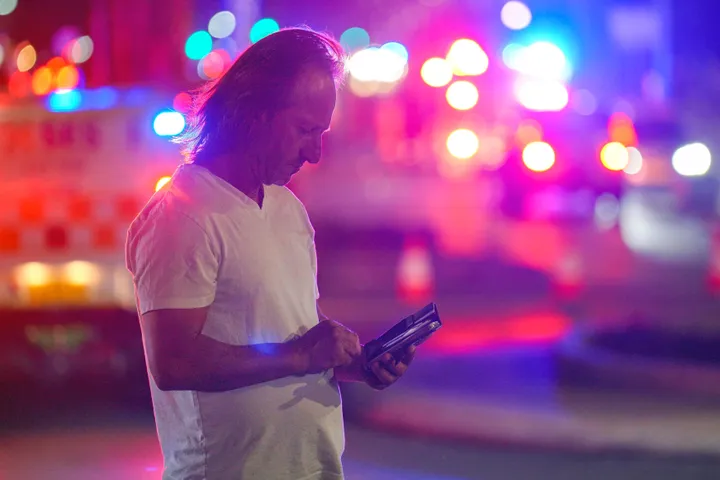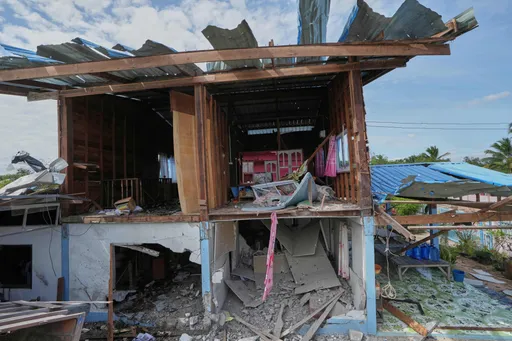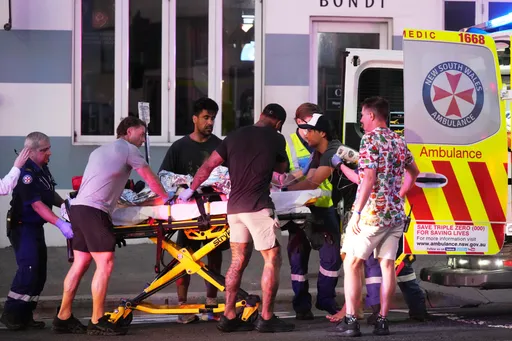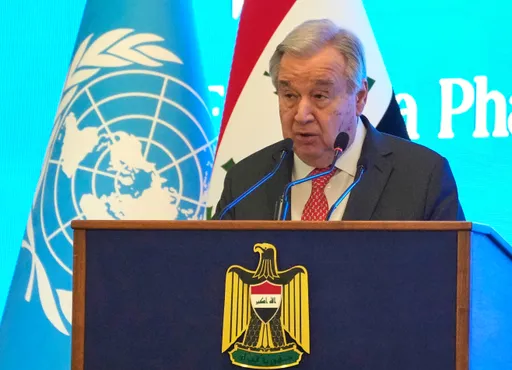The Taliban has been working hard to project a moderate image compared to its rule in the 1990s. To that end, one of its first orders after taking over Kabul in August, was the general amnesty for all.
But revenge attacks by the Taliban against those who worked with the Americans or the Afghan government were expected.
And this is what has reportedly happened in the past four months, with mounting evidence supporting the claim.
In the first four months of Taliban rule, the United Nations said the Taliban intensified its hunt for former Afghan security officials.
The UN has also received information of extrajudicial killings of more than 100 former Afghan national security forces and others associated with the former government, with most taking place at the hands of the Taliban.
Human Rights Watch echoed the same allegations. The rights group documented the summary execution and enforced disappearance of 47 former members of the Afghan National Security forces who had surrendered to or were apprehended by Taliban forces.
The Taliban rejected the allegations and said it has restored stability.
The Taliban foreign minister spokesman Abdul Qahar Balkhi said last week that the government was committed to the amnesty decree and denied members of the previous administration were persecuted.
He also said anyone who breaches the amnesty will be prosecuted, adding that such incidents will be investigated “but unsubstantiated rumours should not be taken at face value”.
However, these reports with “credible information” about killings go against the Taliban statements, leading to lack of trust among Afghans in their new government, analysts say.
“The Taliban often say one thing and do another. Its messaging should never be taken at face value, because a lot of what they say ends up not being true,” Michael Kugelman, Asia Program deputy director and senior associate for South Asia, told TRT World.
With that being said, Michael also stresses that these allegations be further investigated.
“There have been many reports about Taliban abuses in recent months, many of which have been true but some of which have been found to be inaccurate. I'm not questioning the allegations that have emerged, but it is important that they be further probed,” he said.
READ MORE:US working to get 'aid and liquidity' into Afghanistan
Several times in the past, the Taliban has rejected and denied reports of widespread wrongdoing among its own ranks, Andrew Watkins, senior expert at the US Institute of Peace said.
Back in 1996 when the Taliban first captured Kabul, similar clemency pledges were declared by the group.
However, it did not dissuade the group from committing grave breaches of human rights until the end of their rule in 2001.
The Taliban was accused of massacring hundreds of Hazaras in the Balkh and Bamiyan provinces, and despite that it enjoyed near total impunity for such crimes.
The past impunity has allowed the group to continue to commit crimes.
Amnesty International in its report published last week has called on the Taliban and US government to fulfil their international obligations and “establish clear and robust mechanisms for civilians to request reparations for harm sustained during the conflict”.
The report also highlighted civilian deaths caused by US and Afghan airstrikes.
The inability and unwillingness of the Afghan government to hold strongmen and militias accountable for their crimes over the years has also left the culture of impunity in the country unchallenged.
“The administration of former President Hamid Karzai installed many powerful warlords and failed to confront others, while many others have been funded by and worked alongside international forces, further entrenching them politically into the fabric of Afghan society,” Human Rights Watch said in its report in 2015.
‘Other violent actors’
As these reports of extrajudicial killings emerge, Michael says, it is important to regard other violent groups in Afghanistan, especially Daesh-K, the regional affiliate of the Islamic State group.
It has a strong incentive to carry out some of these killings, knowing that its Taliban rival would likely be blamed.
The Daesh-K represents Islamic State in Afghanistan and Pakistan.
The group has carried out one of the most deadly attacks in Afghanistan and has applied strategies to discredit the Taliban and its ability to govern.
Conflict monitors based in Afghanistan have raised suspicions that some killings could be carried out by elements of organised crime that remain entrenched in Afghanistan’s cities, Watkins said.
“Others have even suggested that ISKP [Daesh-K] could be behind some killings, in order to taint the Taliban’s public image.”
However, Watkins said it is key to remember that the Taliban is by far the largest armed group in Afghanistan by a factor of ten, with tens of thousands of fighters. In many parts of the country, they are relatively unchallenged.
With little hope of justice being served in a country that has an ever-rampant culture of impunity, all Afghan civilians are potentially vulnerable.
“The Taliban isn’t in a position, since August, to be able to afford to crack down on many of its own commanders – they are spread quite thin, trying to run more of the country than any time during their organisation’s history,” Watkins said.
“In spite of the group’s emphasis on a state and society governed by Islamic law, in practice much of law enforcement and of the Taliban’s execution of punishment, can often be quite subjective - down to the judgment of a Taliban commander, at times, in place of a religious judge or authority.”
























